Pest control experts warn to look out for these 5 winter garden pests – plus tips on how to stop them ruining your yard before spring
Doing these things to stop pests in their tracks will protect your plants and yard
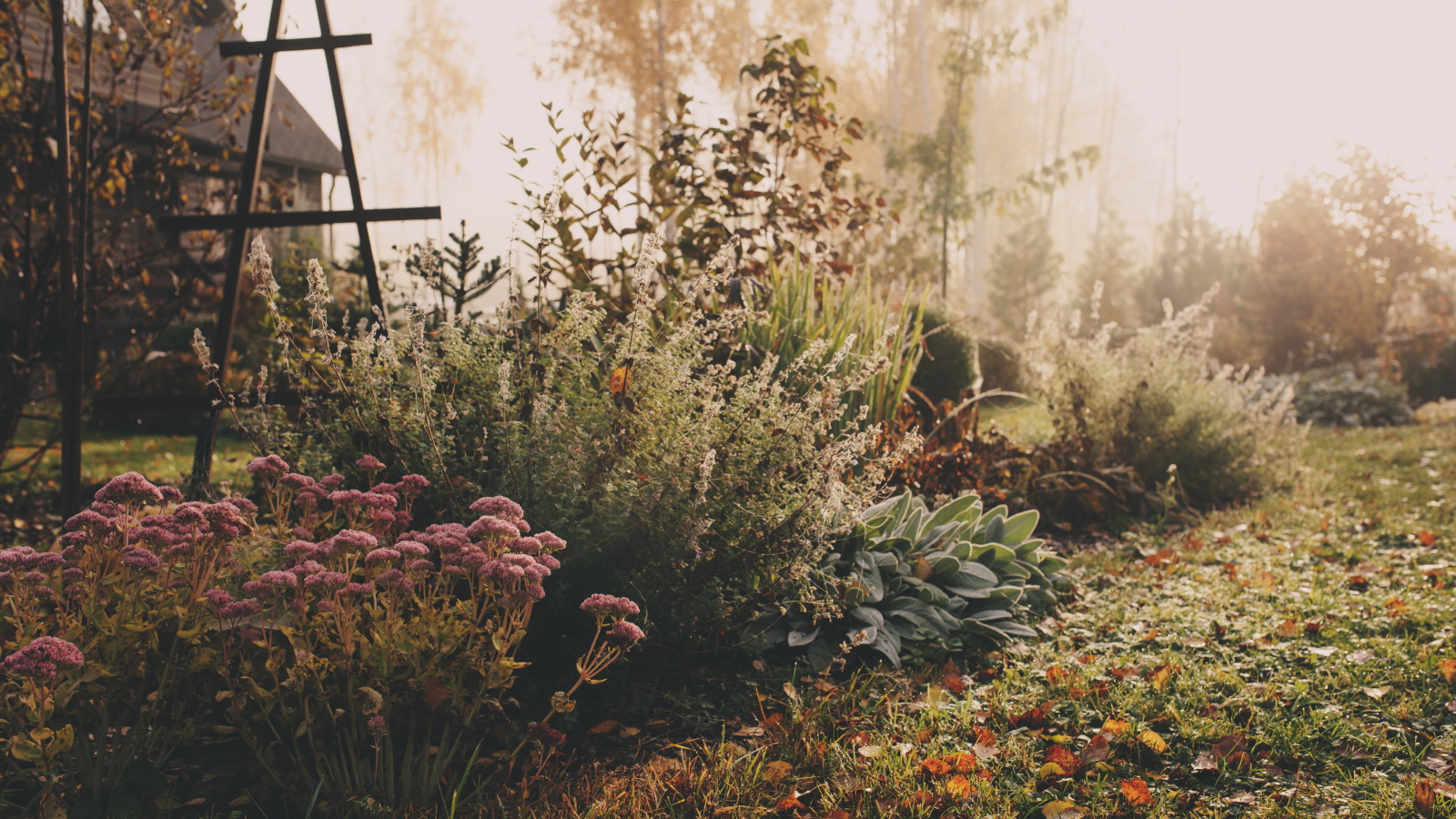

Even though the garden tends to be a quiet place during the colder months, it mustn't be neglected entirely. Not taking action to prevent and get rid of active winter garden pests could leave you paying a large price later on.
Many pests that can destroy plants remain active in winter and may target the spring bulbs you carefully planted in fall, or the foliage of evergreens thriving in your yard. The result? Your dream garden not quite coming into fruition as the weather warms up, with the hard work of your completed fall gardening checklist going to waste. You may even have to start planting all over again.
Don't let this panic you, however. With every winter garden pest, there's a solution to deter them or get rid of them to keep your yard and plants safe. Here, pest control experts share five of the most common winter garden pests to watch out for and share what to do if you do spot them in your yard.
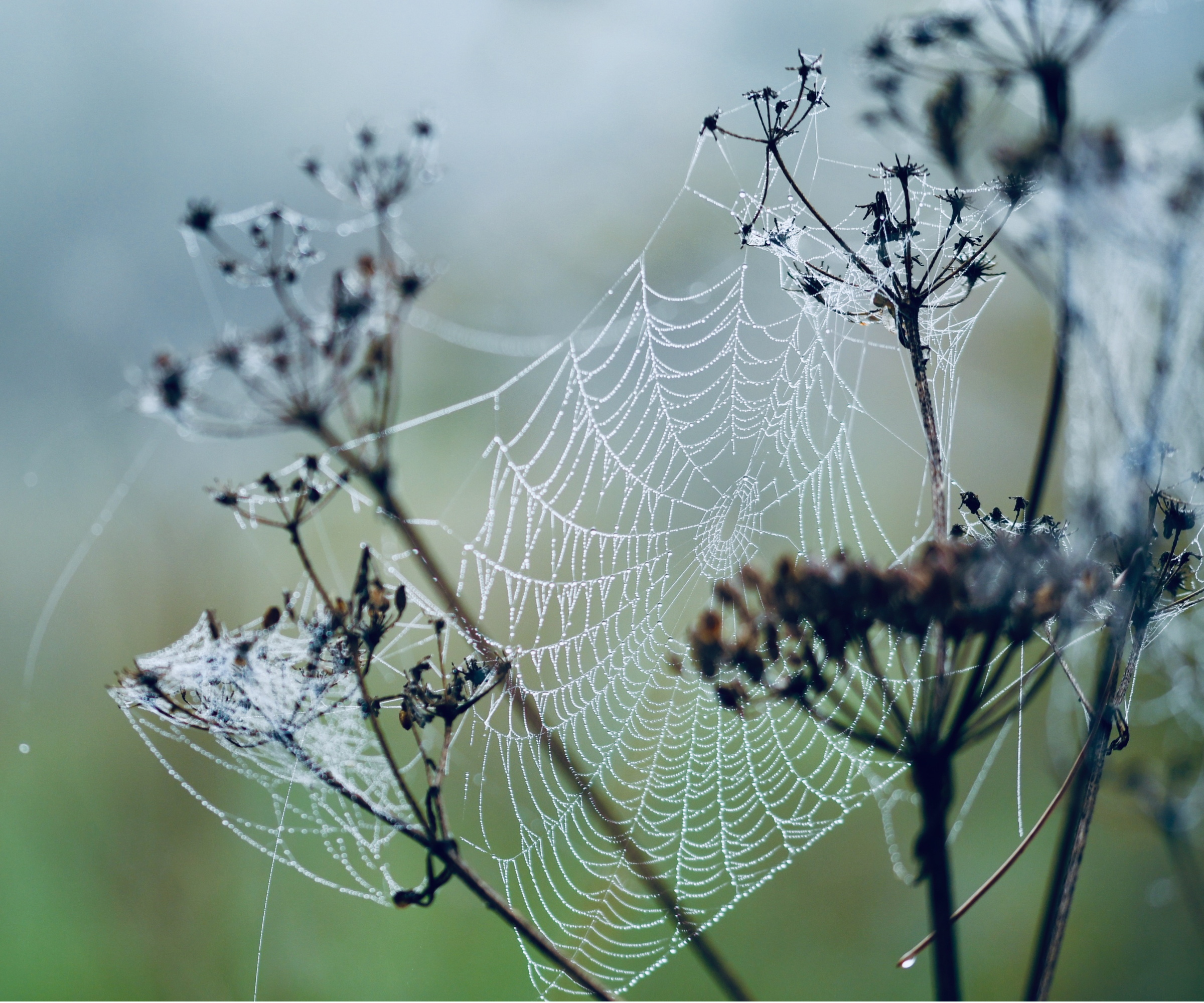
5 winter garden pests to look out for
Of course, which pests you get in your yard during the winter season will vary from region to region. There are other factors, like how mild of a winter you're experiencing, that can determine which pests are active during this time, too. However, pest control experts say it's important to watch for these five winter garden pests and to take proper action if they are causing problems in your yard.
1. Rats and mice
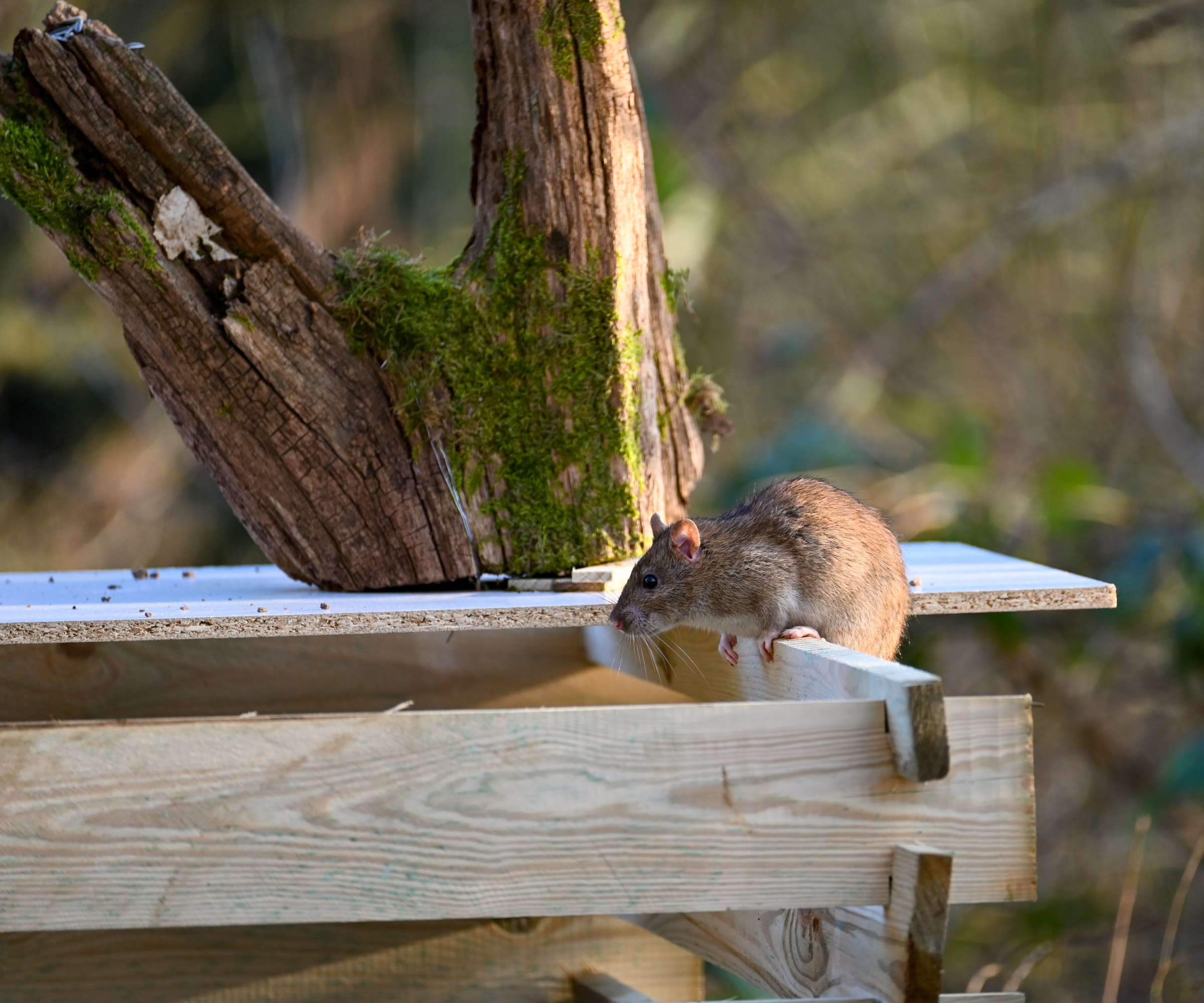
Some animals hibernate, while others migrate to get through the winter season, but there are also animals that are able to adapt to dropping temperatures and remain active during these months. Rats and mice, for example, aren't unfamiliar to come across in the winter garden.
The reason rats and mice might be more noticeable in winter is because this is the time they are seeking food and shelter in our yards and homes. But don't worry, there are several things you can do to keep rats away from your yard and likewise repel mice from your yard.
'In winter, it's especially important to keep outside cooking areas and grills clean which may attract rodents,' advises pest control expert, Scot Hodges from Arrow Exterminators.
Design expertise in your inbox – from inspiring decorating ideas and beautiful celebrity homes to practical gardening advice and shopping round-ups.
You should move any food sources away from your yard, and keep it tidy to remove potential shelter, like wood piles for example.
It's also wise to secure your home, as pest control expert Blair Calder advises: 'Rats and mice can fit through holes literally a mere fraction of their size. Look for cracks, holes of any size - even the smallest - and fill them.'
To strengthen your efforts, you can use this rodent repellent from Amazon which uses essential oils and scents rats and mice can't stand. Apply it to entry points in your yard and home.

Scot Hodges is a pest control expert and VP of Professional Development and Technical Services at Arrow Exterminators. He advises on a range of common home and yard pests.

Blair Calder is the Founder & CEO of Automatic Trap Company located in Sonoma, CA. The company focused on humane solutions to rodent and pest problems was founded in 2016 and serves the needs of consumers and businesses located nationwide.
2. Squirrels
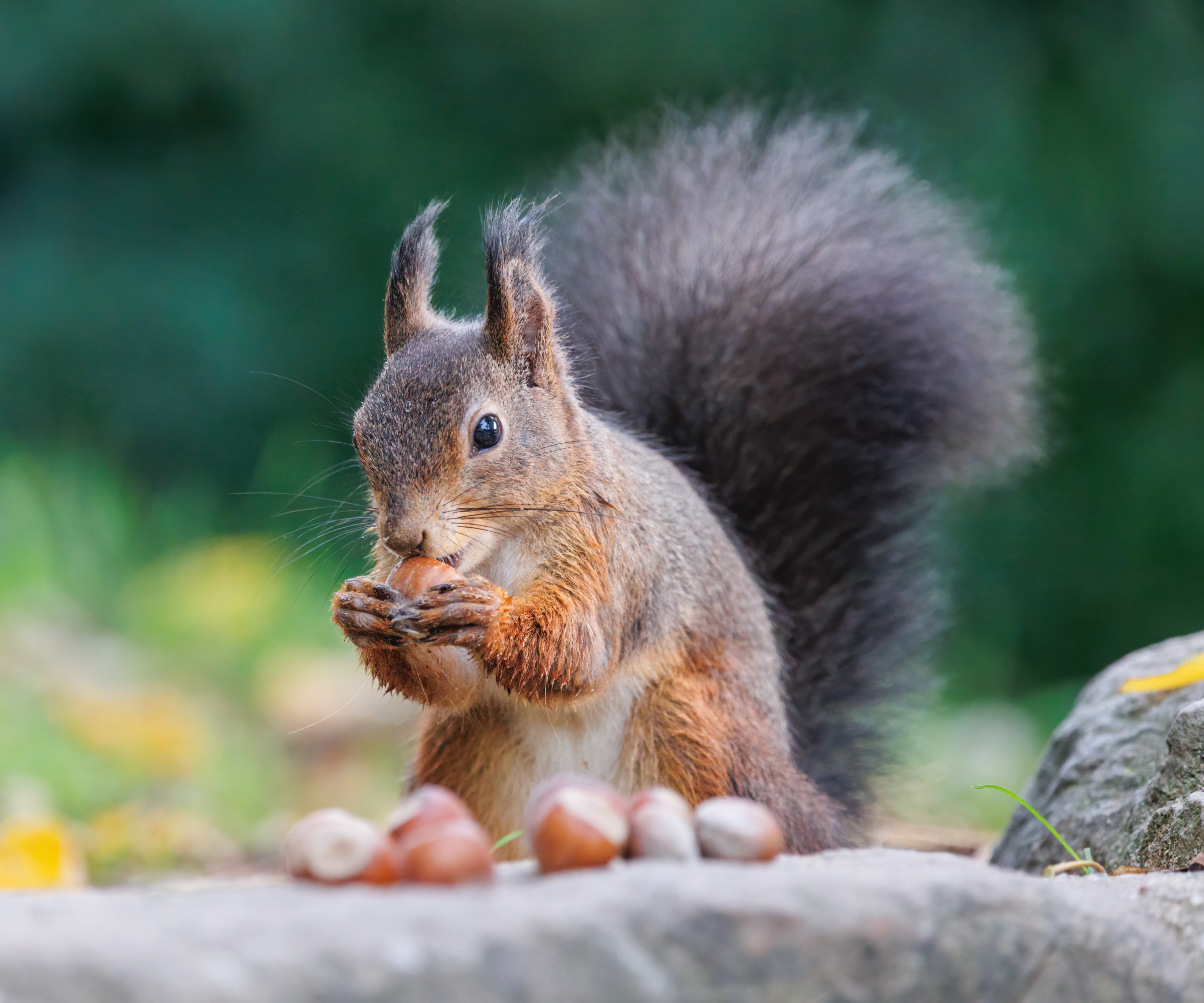
Just like rats and mice, squirrels don't hibernate. They rather spend winter seeking food and shelter, often taking up residence in tree cavities.
There are a few reasons you may want to get rid of squirrels from your yard and squirrel-proof your home in the winter season, including to stop squirrels digging up bulbs.
'In the winter, gray and flying squirrels often seek shelter in the home, as they like to use insulation as nesting material. You may find them in attics, exterior walls, or even between floors,' explains Scot. 'Not only will they damage their home with their chewing and nesting, but they may also introduce fleas and other pests into the home, causing infestations,' he adds.
In the winter garden, you can repel squirrels by making your yard less attractive to them. Of course, there are plenty of pest-repellent plants that give off strong scents squirrels can't stand, but not many of these will grow in winter conditions.
Instead, remove potential food and shelter sources, such as bird feeders: 'Move bird feeders away from the house and use squirrel guards (available at Amazon) to keep squirrels away from bird feeders,' Scot advises.
3. Slugs
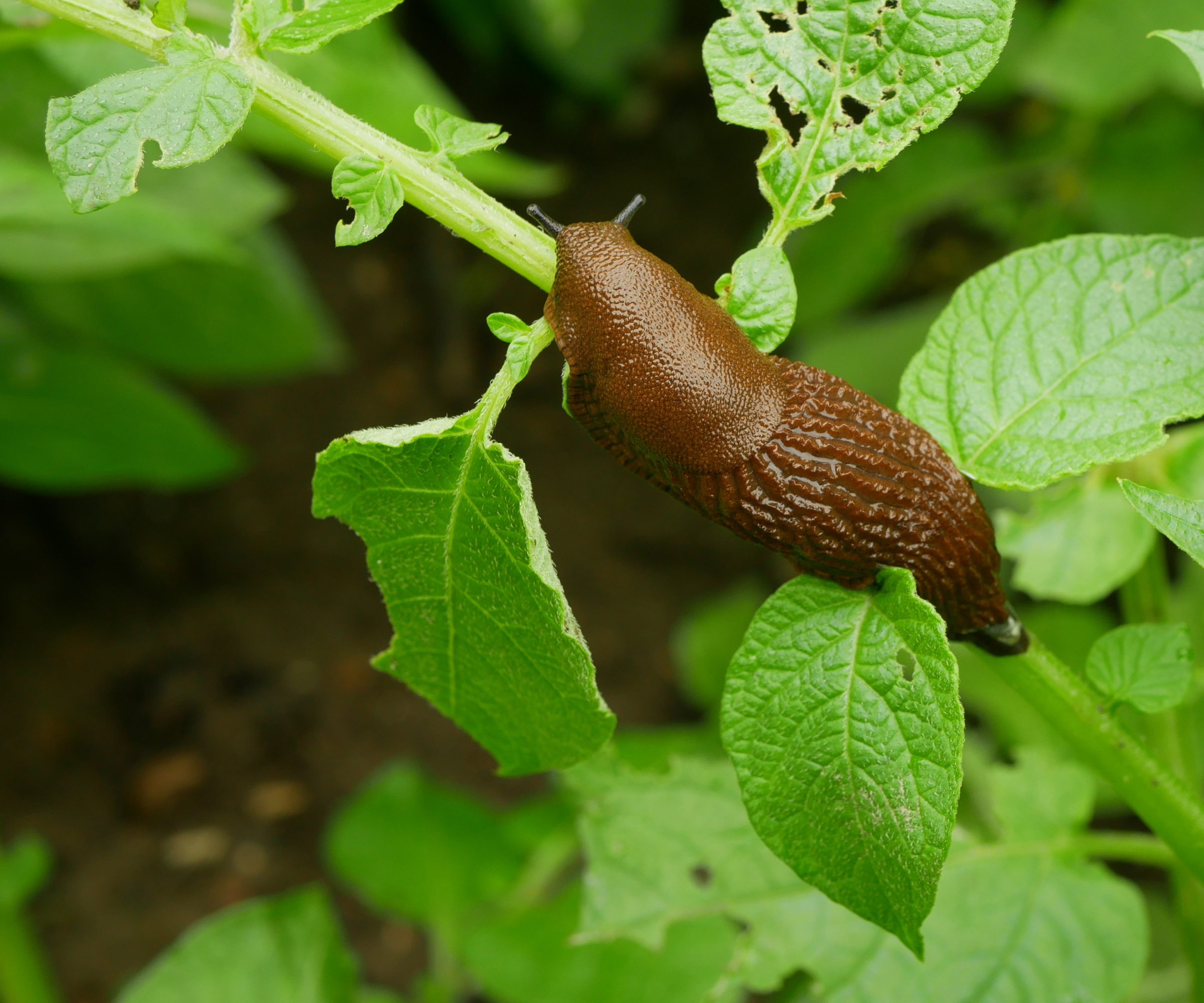
One of the pests you need to be aware of that can still cause damage to plants in winter is slugs. Unlike snails which tend to go dormant in winter, slugs will stay around in mild winter temperatures.
They may feed on seedlings, sown seeds, and winter leafy crops, such as winter cabbage. They may even make their way into the warm environment of a greenhouse and feast on crops growing there. Putting precautions in place to stop slugs destroying plants is therefore vital for protecting a winter yield.
A few methods you can use to get rid of slugs during winter include setting up a barrier around vulnerable plants with grit or crushed eggshells. Likewise, protect container garden plants with copper tape (from Amazon) which causes discomfort for slugs and prevents them crossing the barrier.
4. Aphids
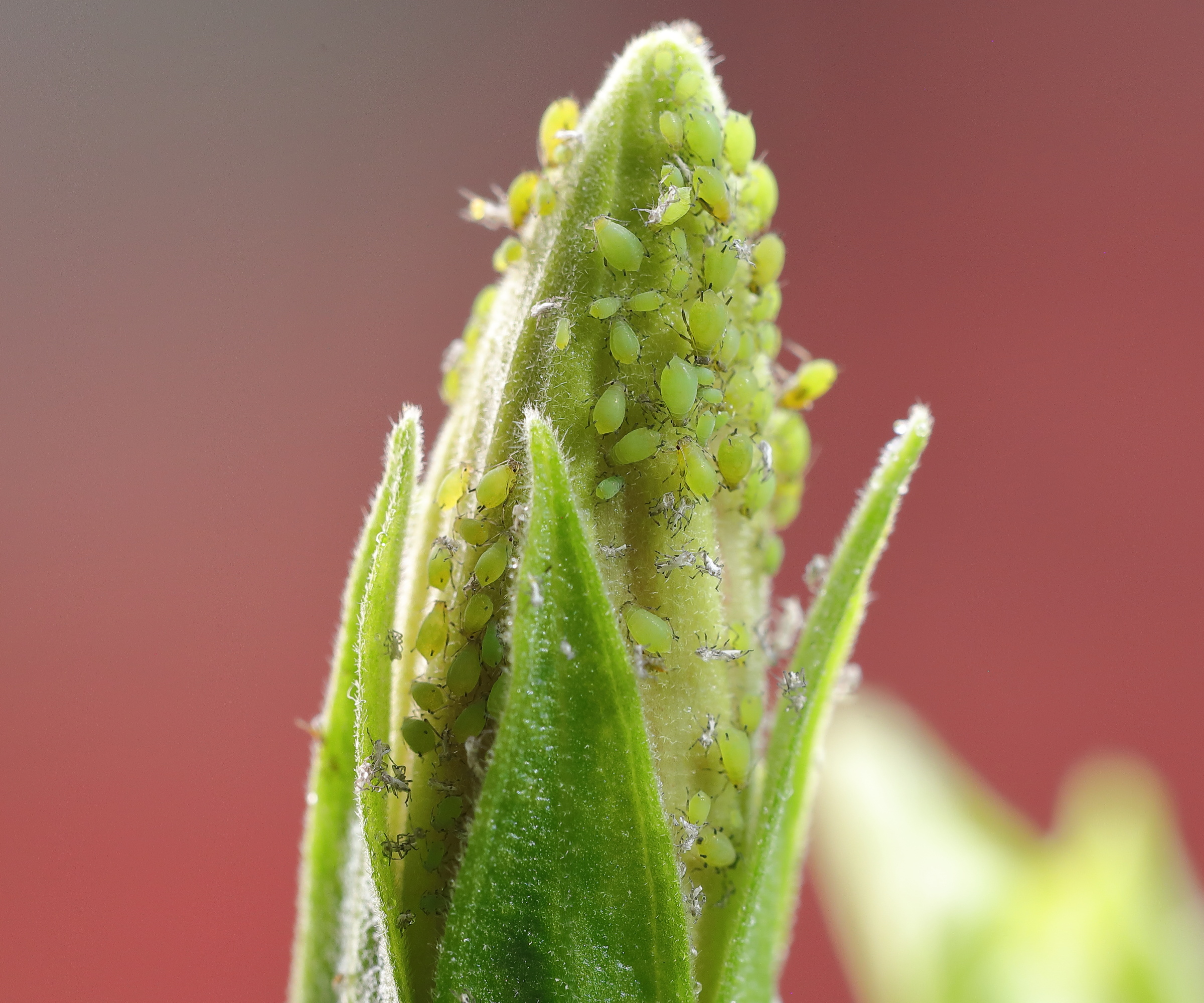
This is a winter garden pest you might see during milder winter temperatures. In fact, they're also a common houseplant pest many indoor gardeners face in winter.
Aphids can cause significant damage to a range of plants, sucking on foliage and leaving plants with discolored, curling leaves, as well as stunted growth. Not getting rid of aphids as soon as you spot them can cause irreparable damage to your plants' health.
'A strong blast of water can knock them off,' says gardening expert Valeria Nyman. 'For stubborn infestations, mix up a homemade bug spray with water, a few drops of dish soap, and a pinch of cayenne,' she adds.
When using a bug spray to remove aphids - whether it's homemade or this insect control spray from Amazon - don't forget to spray on both sides of the leaves, as they often hide on the underside of foliage.

Valeria is the Chief Product Officer at Taim.io, an innovative platform that serves as a personal, adaptive gardening coach, offering tailored weekly advice to users. As a Product Designer and strategic leader, Valeria bridges the gap between business vision and user-centered design, crafting intuitive experiences that drive both engagement and satisfaction.
5. Vine weevil grubs
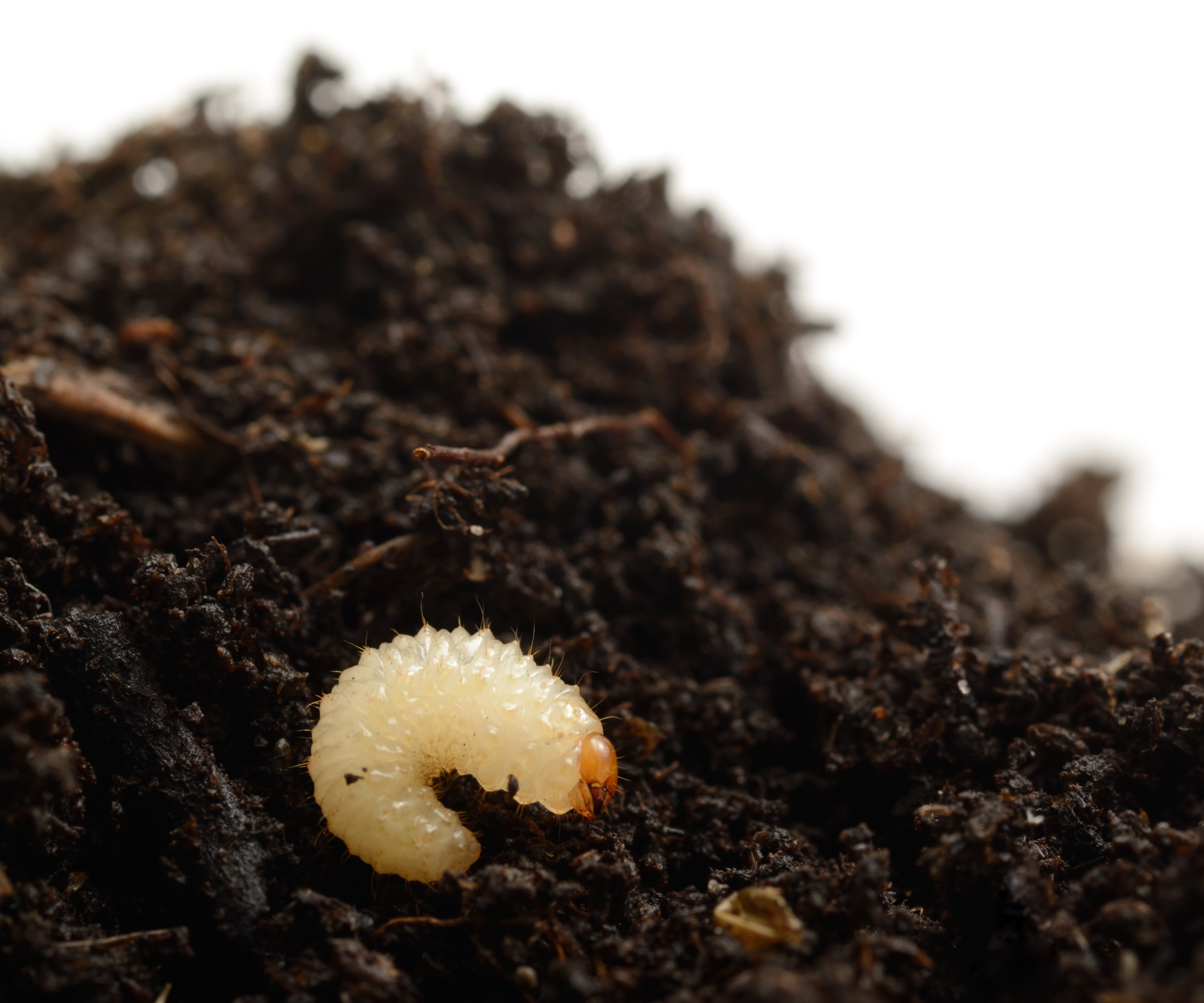
While adult vine weevils tend to only be active during spring and summer, their larave - vine weevil grubs - can survive winter conditions.
Vine weevil grubs are small, white, worm-like larvae that live beneath ground level where they feed on plant roots. The resulting damage is discolored foliage and wilting, sometimes even killing off plants.
Allan Bossel, pest control expert at BBE Bed Bug Exterminator, points out they most often target potted plants where root systems are more compact, making it easier for vine weevil grubs to take over the plant.
Luckily, it is possible get rid of vine weevil grubs for good. It requires lifting your infested plant, pruning away damaged roots using essential pruning tools - like these pruning shears from Amazon - and washing down the root system. Then replant using fresh soil.
'Beneficial nematodes will also help with this,' says Valeria. 'They’re microscopic hunters that target grubs and leave everything else alone,' she explains.
Beneficial nematodes are available at Amazon and can be used for getting rid of a wide range of pests by mixing in with water.

Allan Bossel currently serves as an Operations Expert at BBE Bed Bug Exterminator, where his extensive experience in bed bug and pest control allows him to maximize BBE’s service potential. Having founded his own pest control business in Michigan, Allan’s background is rich with over a decade of professional pest extermination and lab work experience.
FAQs
Are houseplant pests active in winter?
Yes, winter is often when many indoor plant pests are most active. This is due to factors such as warmer temperatures indoors, including from heating, which allow pests to thrive and multiply. Some particular indoor plant pests to watch out for during the winter months include spider mites, aphids, and scale insects. Making sure to regularly clean houseplant leaves can keep pests at bay.
Generally keeping your yard clean, securing your property, and removing food and shelter sources will help make your yard and home less attractive to a wide range of pests, but it's just as important to research specific methods of pest control for the pests you're facing. No matter which winter garden pests you deal with this year, take care not to make pest control mistakes that could make the problem worse.

Tenielle is a Gardens Content Editor at Homes & Gardens. She holds a qualification in MA Magazine Journalism and has over six years of journalistic experience. Before coming to Homes & Gardens, Tenielle was in the editorial department at the Royal Horticultural Society and worked on The Garden magazine. As our in-house houseplant expert, Tenielle writes on a range of solutions to houseplant problems, as well as other 'how to' guides, inspiring garden projects, and the latest gardening news. When she isn't writing, Tenielle can be found propagating her ever-growing collection of indoor plants, helping others overcome common houseplant pests and diseases, volunteering at a local gardening club, and attending gardening workshops, like a composting masterclass.